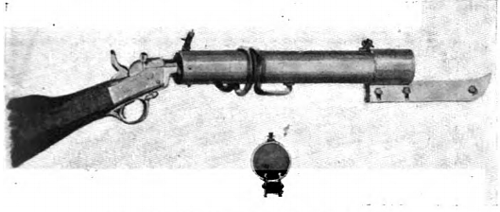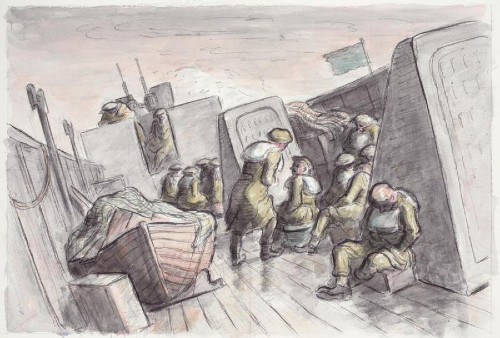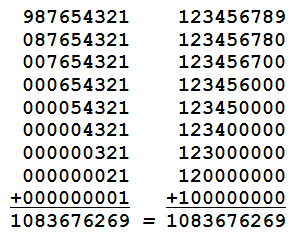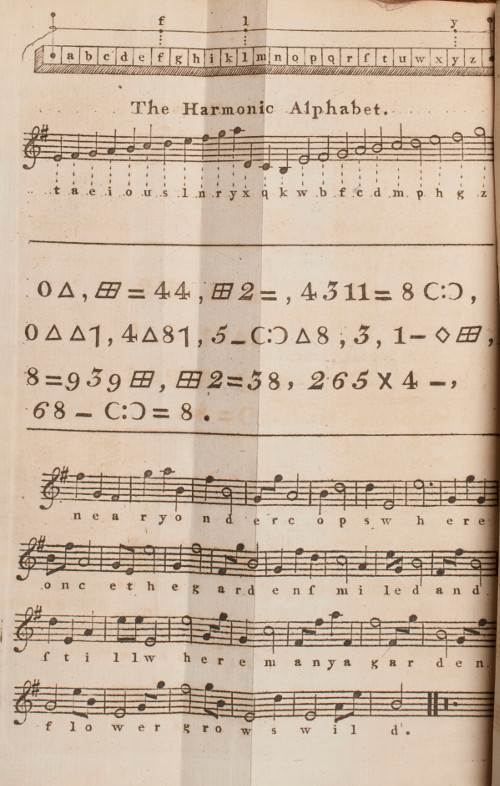Unusual names recorded in the American South by University of Florida linguist Thomas Pyles, 1986:
- Oleander Lafayette Fitzgerald III
- Ed Ek
- Shellie Swilley
- Early Hawaiian McKinnon
- Sandy Gandy
- Earl Curl Jr.
- Percy Nursey
- Rev. Fay de Sha
- Lovie Slappey
- Esperanza Le Socke
- Pamela Gay Day
- Staff-Sgt. Mehogany Brewer
- Girlie Burns
- Fawn Grey Trawick Dunkle
- Alure Sweat
- Bloomer Bedenbaugh
- Martha Magdalene Toot
- Okla Bobo
- Melody Clinkenbeard
Cowboy Pink Williams served as lieutenant governor of Oklahoma from 1955 to 1959. And “The children of Mr. Stanford Bardwell, a realtor and a graduate of Louisiana State University, and his wife Loyola, are Stanford, Jr., Harvard, Princeton, Cornell, Auburn, and the twins Duke and T’lane. When the Bardwells go on holiday they travel in a specially equipped school bus called the ‘Collegiate Caravan.'”
(Thomas Pyles, “Bible Belt Onomastics or Some Curiosities of Anti-Pedobaptist Nomenclature,” in Names and Their Varieties, American Name Society, 1986.) See Roll Call and Pink Labels.








